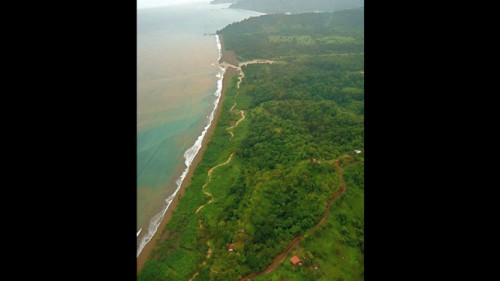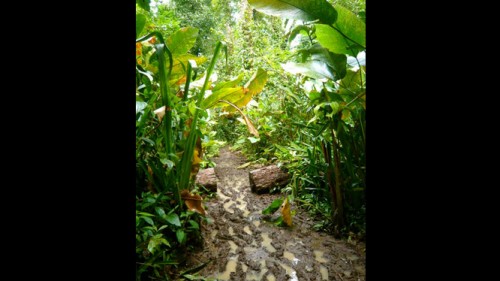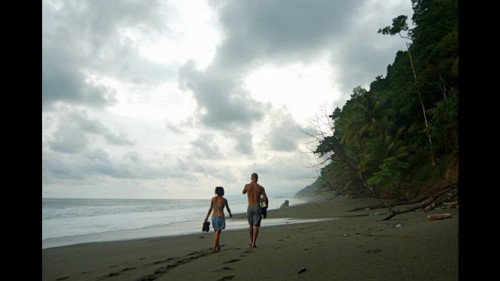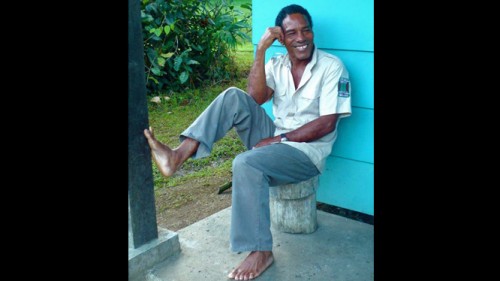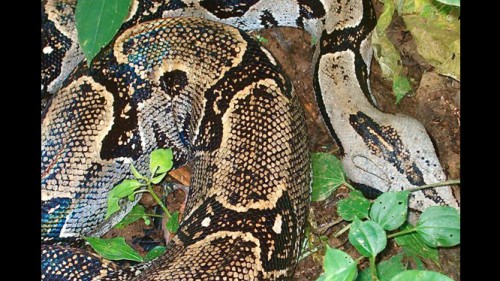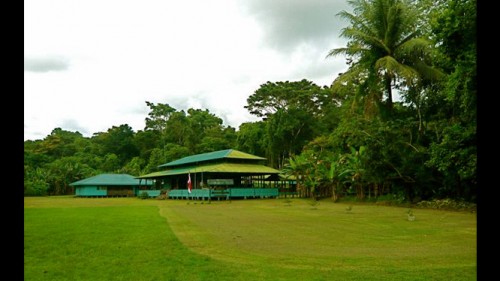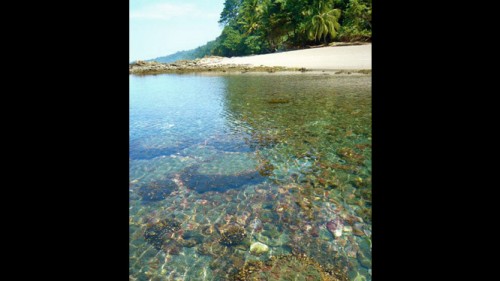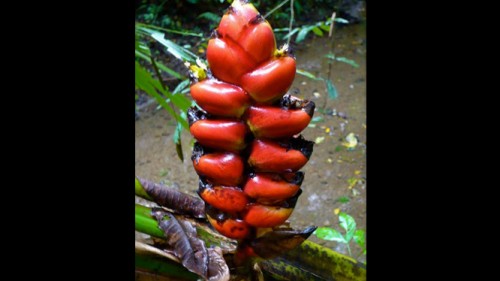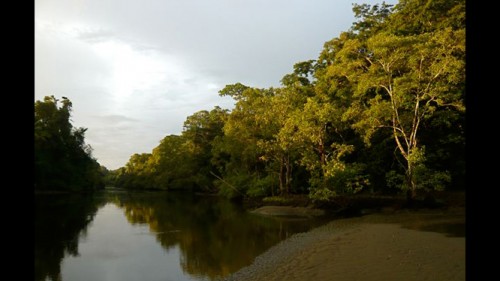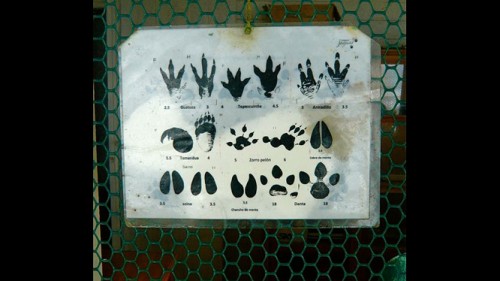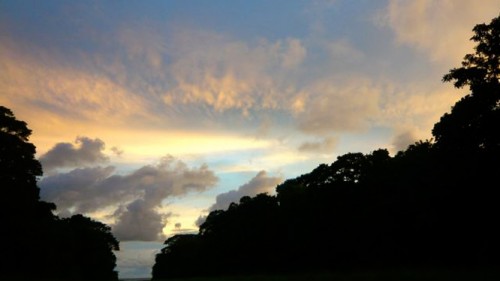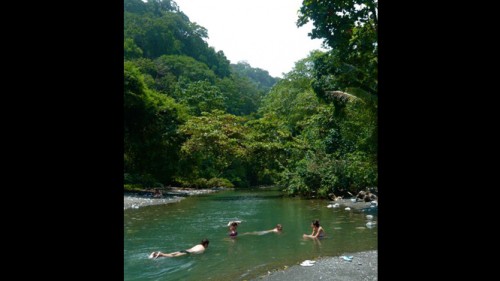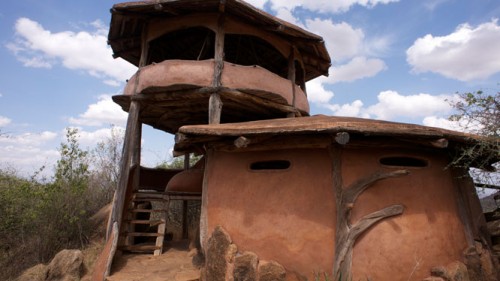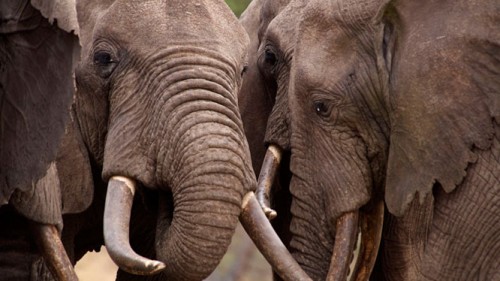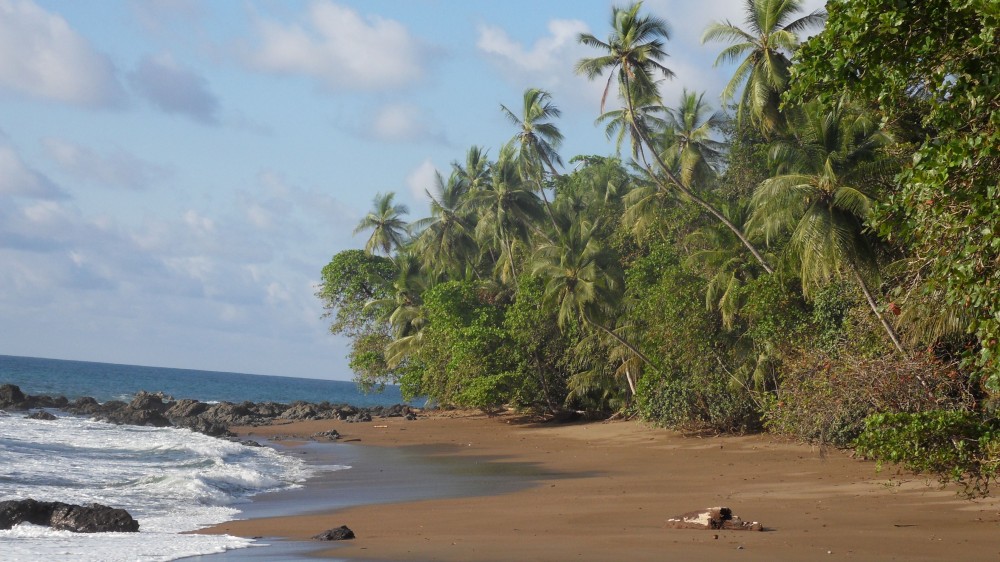The Comforts of Creatures
If trekking in the tropics with weird and wonderful wildlife is your thing, pack your hardcore hiking-boots for Corcovado National Park in Costa Rica’s Osa Peninsula.
This 43,000-hectare park preserves the largest tract of Pacific coastal rainforest in Central America. The stats are impressive: over 500 species of trees, 400 species of birds (including most of the scarlet macaws left in the country), 140 species of mammals, and untold miles of hiking trails. It’s one of the few places on earth you still have a (small) chance of seeing a jaguar on the beach and a breeding pair of harpy eagles, and you are virtually guaranteed a sighting of the endangered Baird’s tapir. Facilities are very basic and the infrastructure virtually nonexistent; for accommodation there’s one very rudimentary camp, Sirena, stuck out in the middle of nowhere. But in Corcovado no frills equals big thrills: full immersion in one of the most vibrantly beautiful and biodiverse places on the planet.
The park is administered from an office in Osa’s main town of Puerto Jimenez. There are three main access points: La Leona, Los Patos and San Pedrillo, with trails leading from each of these to the central Sirena camp (of course, it’s also possible to get to Sirena by boat or plane—but much less fun, and way too easy). The simplest route on foot is the La Leona trail, starting where the main road ends, at Carate. That’s how I did it on my last visit in August—a stunning seven-hour trek split between pristine beach and virgin rainforest (with the added bonus of a tidal river-crossing towards the end, forging the reportedly shark-and-crocodile-infested Rio Claro). The forest trail from Los Patos ranger station in the east is longer and tougher, and should not be attempted without a guide, particularly in the rainy season. The third option, from San Pedrillo near Drake Bay in the north, is a 10+ hour marathon hike, mostly along Playa Llorona beach (where jaguars frequently frolic in the surf), with multiple river crossings (it’s only doable in the dry season, roughly Christmas to Easter).
Once you reach Sirena, Corcovado’s tropical wonderworld is your oyster. You’ve jolly well earned it. I stayed for three days, using the camp as a base for extensive jungle exploration and extended hammock-hanging, and was rewarded with sightings of a Baird’s tapir, an ocelot, a giant anteater, collared peccaries and agoutis by the dozen, white-nosed coatis, a three-toed sloth, a crocodile, two fer-de-lances, one python, humpback whales breaching off the beach, all four of Costa Rica’s monkey species, and innumerable spectacular birds. Not to mention a collection of strangely beautiful (and probably deadly) stick insects, luminescent bugs, nocturnal creepy-crawlies and an assortment of unidentified flying jungle objects that defy the rational scientific imagination.
If you manage to make it out of Corcovado alive there are plenty of luxurious lodges and homely villas on the Osa Peninsula waiting to welcome you back to the so-called civilized world (one of my own favourites is Boca Sombrero). But it’s well worth putting the pampering on hold for a couple of days to get your dose of tropical trekking. The singular sight of a tapir getting down-and-dirty in the Sirena swamps, or a jaguar taking a jaunt on Llorona beach, is something you’ll savour far longer than even the most indulgent of civilizing spa treatments. In this case the comfort of creatures definitely trumps the need for creature comforts.
Corcovado National Park info and bookings
Boca Sombrero
Rudston Steward is our friendly neighbourhood jaguar hunter. No stranger to roughing it in the wild, he also appreciates a full body seaweed wrap at the end of a tough trek (please don’t tell anyone).
